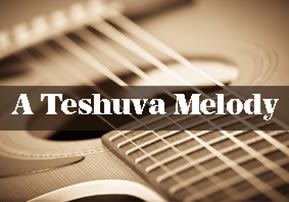
A Teshuva Melody – Guy Tzvi Mintz
Guy Tzvi Mintz is a master melodist and a taste of Israel; something special in each of his melodies stirs something deep inside the listener's soul, a feeling of yearning...

To describe Guy Tzvi Mintz as a “singer” is like calling a Stradivarius by the name of “fiddle”. He is the product of the sweet synthesis between the Judean Hills and Breslev thought and practice. Guy Tzvi is not only a master melodist, but he is sought-after lecturer and teacher of original Jewish musical thought, what’s known in Hebrew as Torat Haniggun, the theory of the Land-of-Israel niggun, or melody, which dates to our forefather Jacob, to Moses, and to King David even before the time of the Beit Hamikdash, our Holy Temple in Jerusalem. Guy Tzvi’s book in Hebrew, Niggun Kasher, is one of the most comprehensive and authoritative on the subject of the role of the melody in Judaism.
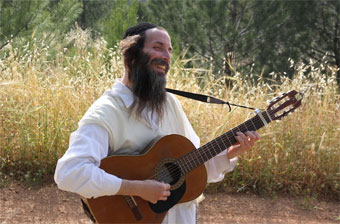
One cannot hear a Guy-Tzvi melody without feeling a stirring of the soul. A typical reaction to his melodies, all of which are his original compositions, are tears glistening in your eyes, a smile on your face or goose-bumps on your skin. You feel like you must do something – get close to Hashem, take a trip to Israel or say a few Psalms – but you don’t stay the same. I met Guy Tzvi near his home in Bat Ayin to discover the secret of his melodies while walking together on a wooded mountain path in a nearby forest.
LB: Guy Tzvi, what is the magic of your melodies?
GT: I’m not a musician in the secular sense of the word. In fact, I don’t like the word “music” because it is a word that is derived from the Greek idols. That’s why I use the word niggun, or like you say in English, “melodies’. I don’t record in sophisticated studios, nor am I a showman, a stage performer. When I sing and when I play the guitar, my entire objective is to fulfill what Rebbe Nachman told us to do (look in Likutei Moharan I, Torah 3): to be an upright melodist so that I and every person who hears me will have the desire to get closer to Hashem.
LB: So there’s something more to your beautiful voice and your folk guitar. What is it?
GT: It’s the Land of Israel and hitbodedut, personal prayer. I can’t sit down with a guitar and compose a melody. All my melodies are the product of hitbodedut. You can trace them all to the hills around Bat Ayin, where King David used to tend to his flocks, to the Kotel or to Uman. I’m a conduit for the melodies that Hashem gives me. I can’t be so presumptuous to call myself a composer.
LB: So every niggun has a place and story behind it, correct?
GT: For sure.
LB: I love the Yismach Lev niggun – I’ve been walking around and singing it all week long. What’s its story?
GT: I was standing on that hill (points to a hill north of where we’re standing) and trying to talk to Hashem. For 50 minutes, I opened my mouth and nothing came out. I had tears of frustration in my eyes, because I didn’t climb that hill to be frustrated. I wanted to talk to Hashem so badly, but I couldn’t. I finally yelled out to Hashem, “OK Hashem, if You’re not going to give me words to pour my heart out to You, at least help me be happy.” And suddenly, boom! Hashem gave me this wonderfully joyful niggun that made me dance and feel good all over. Hashem gave me the words too, from our morning prayers: Yismach lev mevakshei Hashem, happy is the heart of those who seek Hashem. What a gift that was! I finished my hour of hitbodedut dancing around with a song in my heart.
LB: Guy Tzvi, every time I hear Dibbur Shel Teshuva, I feel a yearning to do teshuva. What’s the connection between your melody and the desire to do teshuva?
GT: Rebbe Nachman’s “Tale of the Lost Princess” is an illusion to each person’s personal melody. Everyone has their own melody, which brings them the greatest joy because it brings them closer to Hashem. But, because of their misdeeds or preoccupation with worldly matters, people can’t hear their own melody. In the time of the Beit Hamikdash, the holy Levites – the meshorerim, or Temple melodists, would accompany a person’s sin offering by singing Psalms and playing their instruments. They’d look at a person, and with their holy spirit, be able to look through a person and know his or personal melody. They’d then play that melody, and the sinner would break down crying in remorse for his or her misdeed and then yearn for Hashem to the point that their soul would almost leave the body. They would fix the three parts of his soul by putting joy in the nefesh, yearning for Hashem in ruach, and clinging to Hashem in neshama. This was the ultimate form of teshuva, of soul purification. That’s why I tell people, when you listen to my melodies, don’t listen to me alone – listen to your own song in your heart.
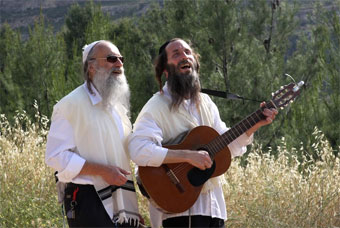
LB: That’s a nice idea, but is there a source in Chazal (our sages, of blessed memory) that connect melodies with teshuva?
GT: First of all, Rebbe Natan explains that a “kosher” niggun helps uplift a person’s spirit from the spirit of depression, ruach necha’ah – to the spirit of good, ruach tova. This is the teshuva process, which cleanses the spirit. There’s also an amazing source in the Yerushalmi Gemara, tractate Pesachim 25: Rebbe Shimon ben Eliezer says that the song of the Levites would atone for a person’s sin. That explains the entire purpose of the Levites’ song – it’s all a teshuva niggun, a melody of atonement, to reconnect us with our own souls and to arouse us to come back to Hashem.
LB: What a special thought, especially for Elul. Thanks so very much, Guy Tzvi. May you have success in everything you do, and may we all hear the singing of the Levites in our rebuilt Beit Hamikdash, ever so soon, amen!
Yismach Lev
Dibbur Shel Teshuva


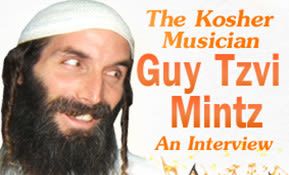
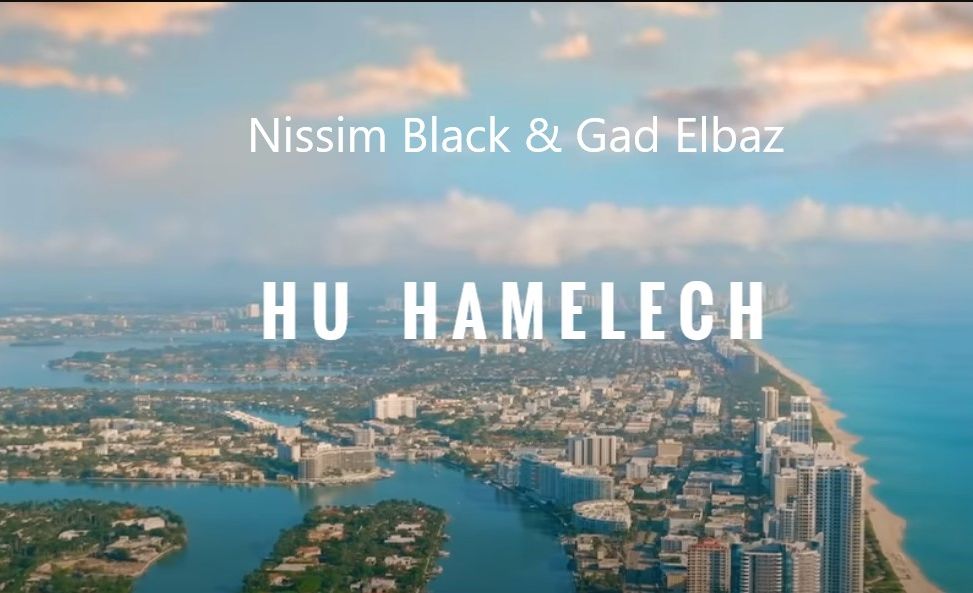
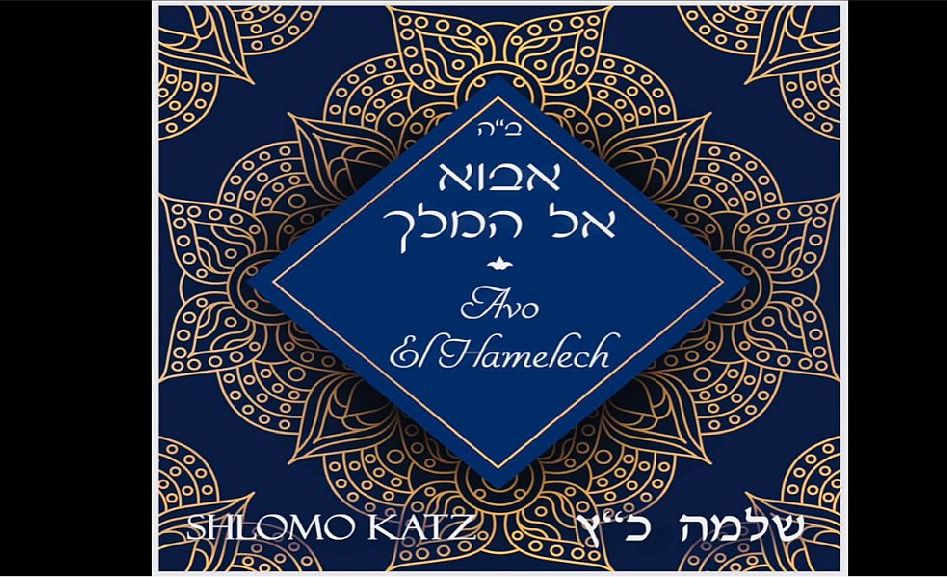
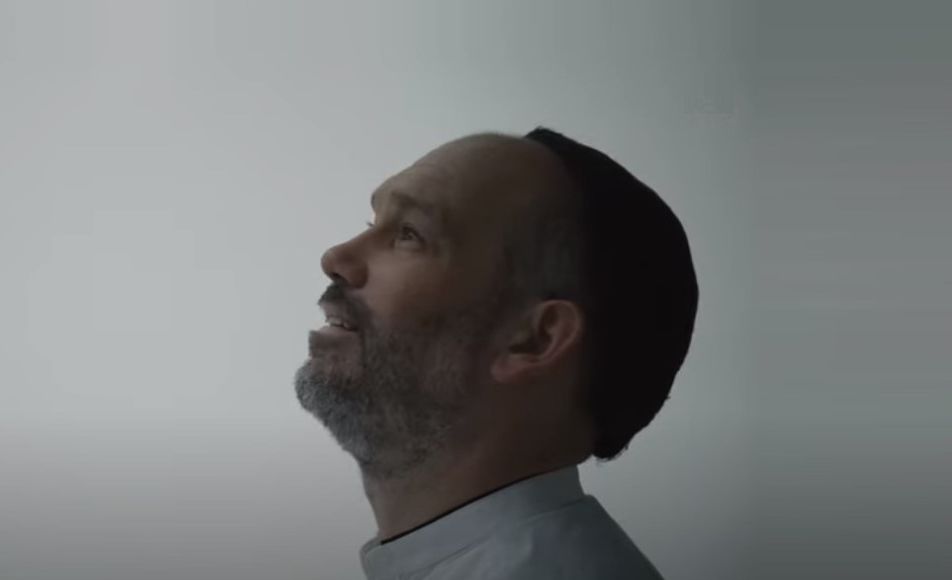

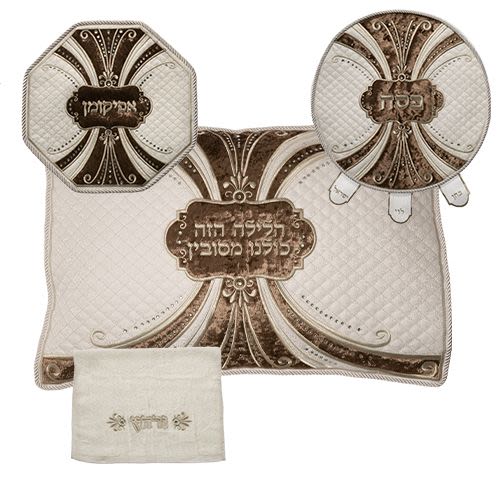
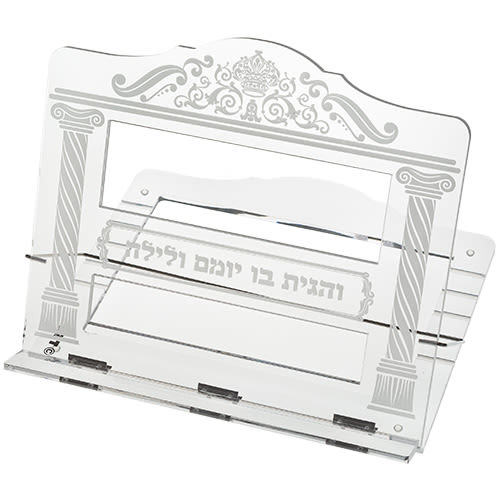
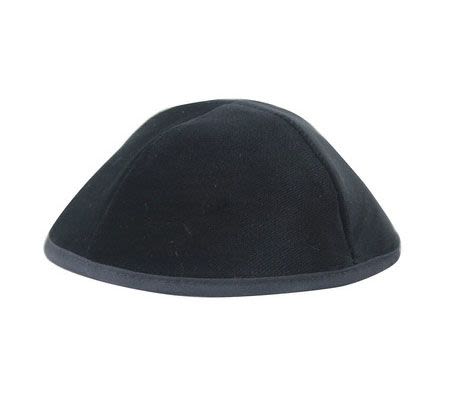

Tell us what you think!
Thank you for your comment!
It will be published after approval by the Editor.